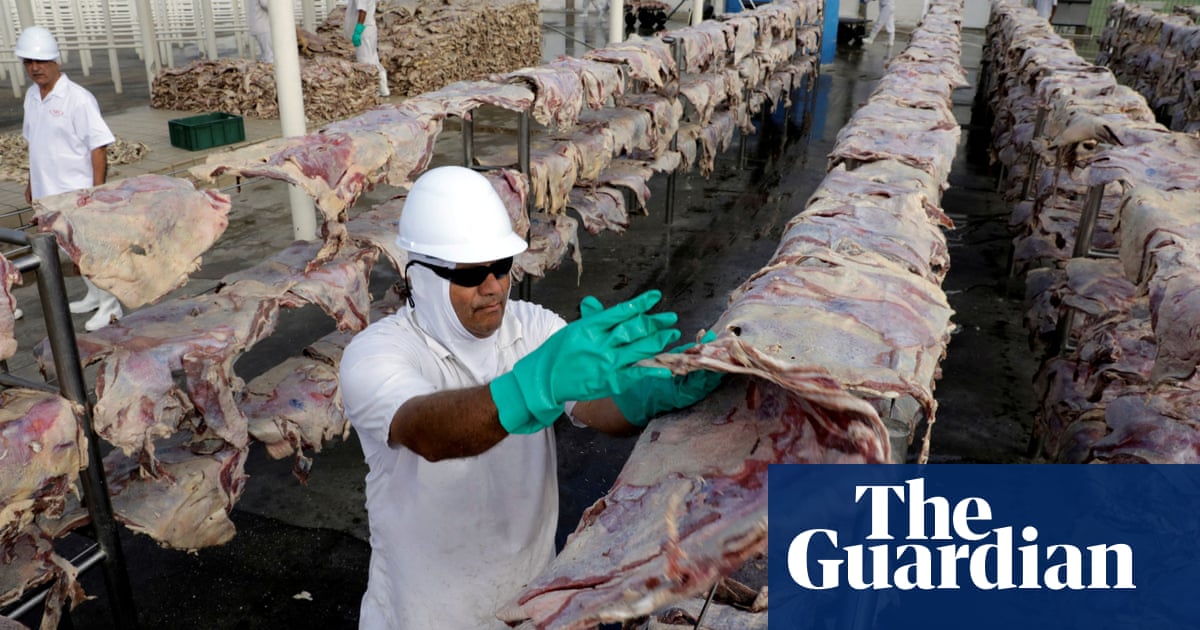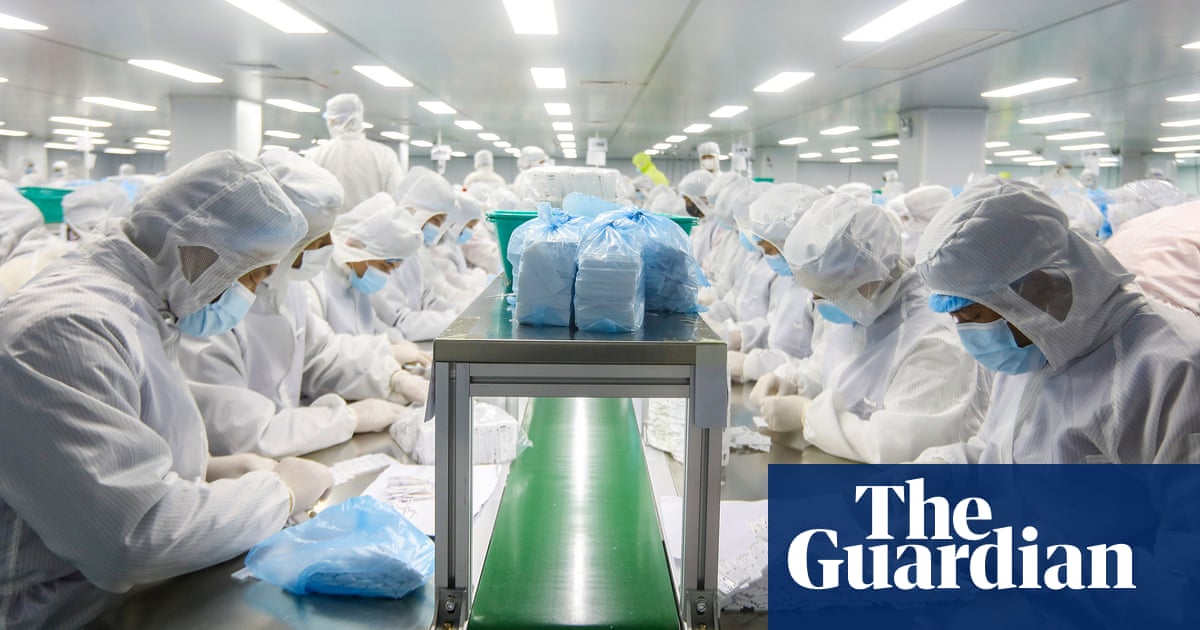
The fast growth of plant-based alternatives to animal products could mean Europe and North America will reach “peak meat” by 2025, at which point consumption of conventional meat starts to fall, according to a report.
The study also forecasts that plant-based meats will match regular meat on price by 2023 and that nine out of 10 of the world’s favourite dishes – from pepperoni pizza to sushi – will have realistic alternatives by 2035.
The report, by the Boston Consulting Group (BCG) and Blue Horizon Corporation, says it is very likely that alternative proteins will capture 11% of the global protein market by 2035, and 22% if rapid technology and regulatory progress is made.
An increasing number of people are eating meat and dairy alternatives as concern grows over health, the environmental impact of livestock and animal welfare. The report says the annual market for alternative meat, eggs, dairy and seafood products is on course to reach at least $290bn (£210bn) by 2035.
“The most striking thing is that in developed economies, we’re going to be at peak meat in 2025 in some scenarios,” said Decker Walker, the head of agribusiness at BCG. “There’s all this talk that alternative proteins are futuristic, and that many people don’t resonate with the concept of artificial meat. But what most people don’t realise is that we’re actually already at a point where [traditional] meat consumption is going to be declining for the first time in history. The global consequences of the shift to alternative proteins are significant.”
If alternative proteins grow to 11% of sales over the next 15 years, the report estimates that 1bn tonnes of carbon dioxide emissions will have been avoided, farmland equivalent to the area of the UK will have been freed from supporting livestock, and 50bn fewer chickens will have been raised.
Decker said meat alternatives were already convincing in recipes such as spaghetti bolognese, where they were just a small proportion of the overall flavour profile. Unprocessed cuts of meat would be the last to have realistic alternatives, he said. “When you do a steak, everything has to be perfect,” he said.
Rosie Wardle, a partner at Synthesis Capital, which invests in alternative proteins, said: “From what we’ve seen as investors in this emerging sector over the past six years, I think 11% alternative proteins by 2035 is a conservative number. Given the confluence of factors driving momentum in the sector, I’d wager that the report’s bull case number of 22% is the more likely outcome by 2035.”
Avoiding conventional meat and dairy products is the single biggest way to reduce your environmental impact on the planet, according to scientists. Regular meat consumption was recently linked to a raised risk of heart disease, diabetes and pneumonia.
Another report in 2019 suggested most “meat” would not come from slaughtered animals in 2040, while a UN Food and Agriculture Organization director said a year ago that peak meat was getting closer in rich nations. In the UK, school and hospital caterers recently vowed to cut the meat they serve by 20%, and a coalition of the UK’s health professions have called for a climate tax on meat.
The new report is based on an industry survey and more than 40 interviews with experts. It says growing concerns from consumers and investors over the impact of meat is driving demand that will enable alternative protein products to closely match the taste, texture and price of animal proteins, with this alone driving market share up from 2% today to 11% in 2035.
The delivery of technology improvements to increase efficiency would boost the market share to 16% by that date. “There are technologies that address these challenges but they’re not at the level of robustness or adoption you need,” Decker said. “But miracles do not need to occur – it is simply faster adoption of technologies that are already in the pipeline.”
If policymakers introduce CO2 prices and support for farmers to switch from animal agriculture to alternative proteins, the share could rise to 22%, the report says, giving a rate of growth that would lead to peak meat in Europe and North America by 2025.
The report forecasts that two-thirds of the alternative protein products in 2035 will be plant-based, a fifth produced by microbes, as Quorn is, and about 10% will be meat grown in bioreactors. Cultured meat was approved for sale for the first time in November in Singapore, though the report says such meat will remain more expensive than regular meat until the early 2030s.
Hsin Huang, the secretary general of the International Meat Secretariat, which represents the global meat and livestock industry, said: “Healthy, honest competition from alternative protein choices is welcome.” He said the BCG report assumed alternative proteins were more nutritious, but this depended on the addition of vitamins and could be expensive. Huang also noted that the World Health Organization had said a healthy diet could include food from animal sources.
Bruce Friedrich, of the Good Food Institute, said governments that supported innovations in alternative proteins would reap the benefits. “Unless industrial meat consumption goes down, no government in the world will stand a chance of meeting their [climate] obligations. Now is the time for governments everywhere to use public dollars for the public good.”












